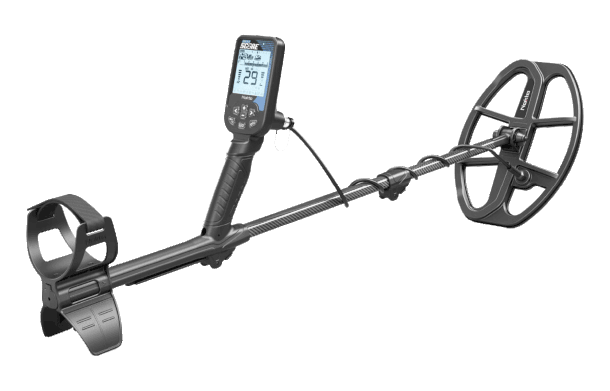'dirt swinger', there are a lot of variances in site-opportunities around the state of Utah. Matter of fact, there are differences wherever we may travel or be. I am a native Utahan from Ogden, and over the last five and a half decades my Utah travels have let me hunt many towns from St George to Snowville, and I can assure you I have not stayed away from quite a few ghost towns and other old sites.
I hunt any place I travel to, and although I have lived in various parts of Oregon most of my life, I get to Utah very often to see friends and family. Naturally, for me that includes as much detecting time as I can put in. I likely will be back there two weeks from today. All my years of detecting travels have shown me that some locations have been quite productive, most locations would be about average, if there is such a thing, and then there is the category for locations that are just very slow producers. Sometimes that is because there's just not enough human activity, or type of activity, to generate very much small-tarkgt loss. To be most successful at finding quantities of coins or as much jewelry loss as possible, 'location' is the key.
The type of site, and the amount of activity a site gets, will be the main factor in our search success. If we find a lot of jewelry in most tot-lots it is generally going to be costume jewelry associated with the age group of the youngsters who played there. That does not exclude finding good silver and gold jewelry, because I have found a lot in those types of sites, but the higher percentage is going to be costume jewelry.
Since it is generally adults who wear most of the gold and silver jewelry, we are better off if we hunt the types of sites where most young adults and adults frequent, especially those that have some sort of reason for there to be good-jewelry loss. That would draw our attention to places such as swimming areas, wading areas, sunbathing locations, sports fields and so forth. Keep in mind also that you can often find more jewelry at certain locations then you can silver coins because jewelry is still being lost and has over the last 55 years that they have not been making silver coins.
Another reason as that as the years have progressed since we got coin-target ID back in '83, as more and more hobbyists have been using TID detectors, we have had a growing percentage of people who will ignore any target that does not give them a nice and proper lock-on for a coin. Therefore, they will recover more of the coins that are out there but leave more trash, and that includes any good targets that produce a non-coin and likely-trash ID.
And because there is such a wide variety of sizes and shapes and karat or percentage ratios of gold and silver jewelry, from smaller to larger, from thin to thick, and due to all these variables good jewelry can range anywhere from close to the ferrous / non-ferrous breakpoint on up to the upper range of pull tabs or into screw caps. I have found a couple of 24 karat gold rings that read like a penny, but only two in over half a century of detecting. The bulk of the gold rings are typically in the foil to upper-end of nickel range, but there are so many other types of good jewelry, such as earrings, neck chains, wrist chains and ankle chains, pendants, charms, ---- and many, many more desirables.
As for silver coins, those are not a problem at all with about 9 out of every10 dimes or quarters being silver. OOOOPS!!! I forgot, this is not the late sixties and early seventies anymore it is 2020. Sorry about that, just a little late-night dreaming again. But that's how it was when I started detecting in March of '65 and it continued to be very good with many silver coins being found for the next decade, and then, thanks to all the activity from hobbyists getting out there, the number of silver coins has been diminishing.
Are there still silver coins to be found? Of course, but again I'll make reference to 'location' being of utmost importance. We have to try to find the sites that have been missed in the past, work old-use sites patiently and methodically to try and locate any leftovers, and that also includes an encouragement to recover all targets at any old site. In short, you can forget about Target ID and just use the good old 'Beep-Dig' approach to successful metal detecting.
That will help get the shower masking trash targets out of the way so you'll have a better chance at finding older and possibly deeper coins, and along the way you're also likely to recover some of that good jewelry that is out there that has a conductivity similar to common trash. Thus, it's a win-win.
Monte


